Developers’ green strategies
In the latest development schemes, companies strive to reduce the negative impact on the environment through more thoughtful development planning
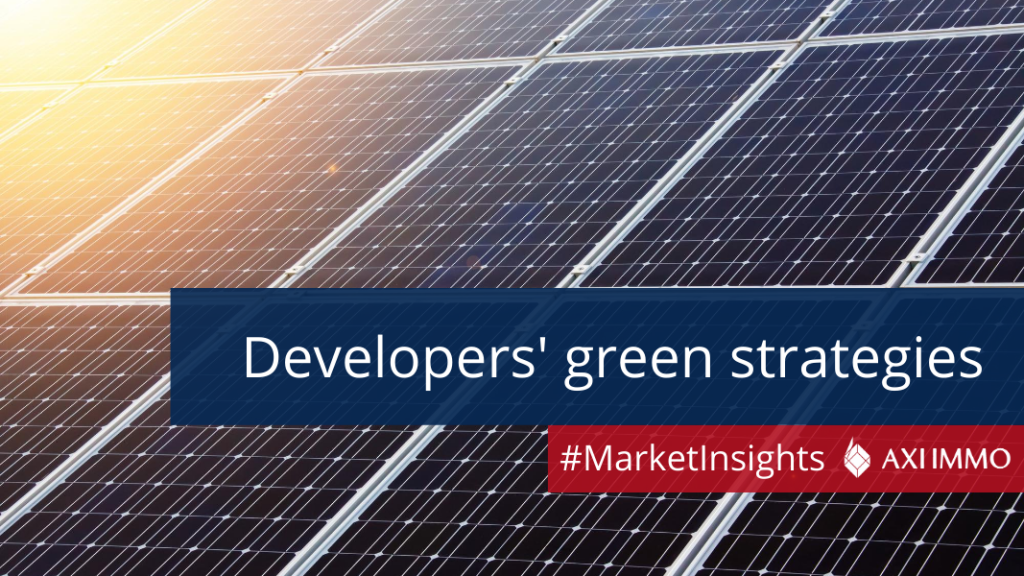
Every year, the number of BREEAM and LEED certified warehouse buildings in Poland increases. There are several reasons for the growth of sustainable development in the sector. On one hand, educated tenants put pressure on developers. On the other hand, developers themselves increasingly adhere to the decisions of the Paris Agreement, which sets out a global action plan to prevent global warming. In the latest development schemes, companies strive to reduce the negative impact on the environment through more thoughtful development planning and by reducing the carbon footprint.
Currently, certification is particularly popular in the office sector. But warehouse developers increasingly strive to meet the BREEAM or LEED construction standards too. Often long before the completion of the scheme, warehouse developers try to demonstrate that the project meets the requirements of sustainable construction and ecology by obtaining pre-certification. Indeed, the new green construction standards for new buildings are slowly becoming the norm within the warehouse sector.
How did it start?
Until recently, the adoption of ecological and sustainable solutions was driven by the occupier. In the process of planning a BTS or BTO scheme, the occupier agreed with the developer and the consulting agency which solutions they would like to apply in their buildings. Sustainable solutions were viable thanks to a more extended lease agreement, usually 7-10 years for a built to suit or own scheme, during which time such investments could pay off. As technology developed and renewable energy sources (RES), as well as modern systems for obtaining and recovering energy, have become more widespread, the range of services on offer has grown.
One of the first solutions adopted was the replacement of traditional lighting with energy-saving LED lighting, which is now complemented with motion sensors to illuminate only those parts of the warehouse that are in use at any given time. The use of rainwater to flush toilets or water plants is practically the norm. In the context of heat recovery and its accumulation, the insulation of buildings has become much more important. Moreover, the development of technology and the gradual withdrawal from fossil fuels has resulted in, for example, an increase in the use of heat pumps using energy from the earth. However, the starkest change has occurred in electricity generation. Photovoltaic energy has become popular and unlike the technology from a decade ago, it currently enables obtaining electricity from sunlight even when the sky is overcast. Using elements that are more sensitive to light can generate a few extra kilowatts of energy.
Developers’ latest strategy – zero emission
For several years, we have observed a change in the strategy of industrial developers. They have met the expectations of tenants and now offer various solutions from the area of sustainable development. For example, Panattoni became a member of the Polish Green Building Association (PLGBC) in July 2020. As part of its strategy, the developer has increased the share of green spaces within their warehouse parks. They have also started to invest more in the insulation of walls and roofs and introduced an extensive automatic system for managing energy and water consumption. The new Panattoni warehouse buildings have glass facades and extensive green and recreation areas, all of which are intended to serve employees and ensure their good well-being.
Electrical solutions in warehouses
Meanwhile, 7R has introduced an innovative 7R Green product line, which allows tenants to use photovoltaic panels to satisfy some of their electricity demand. The 7R Green offer also includes outlets for charging electric cars, LED lighting and the new BMS system for better property management. MLP has also introduced charging stations for electric cars, which they intend to extend to all their parks in Europe.
Recycling of materials from demolition
Prologis – considered one of the pioneers of sustainable warehouse construction – has been offering their occupiers ecological savings-generating solutions for some years. When developing new schemes, Prologis attempts to re-use and recycle demolition materials. In addition, the company uses wood on parts of the facades, which is intended to better integrate the warehouses with their surrounding environment.
Developers care about the environment
Ensuring biodiversity is on the agenda of the British developer SEGRO, which decided to set up hives for bee colonies on the roofs of their warehouses in Poland in order to ensure appropriate pollination of nearby orchards or surrounding agricultural areas and to obtain high-quality honey. SEGRO’s initiatives in other countries include planting wildflowers to help support insects as well as setting up bird boxes to support local wildlife.
What can cities do?
An example of effective cooperation between the city and the developer is locating city bike stations near warehouse parks. In Warsaw districts of Białołęka, Targówek and Włochy, it is an attempt to reduce the emission of exhaust gases and carbon dioxide to the atmosphere. For some employees, it is a convenient solution, enabling them to get to work faster by avoiding traffic jams while at the same time helping them to take care of their health through more exercise.
What awaits us in the future?
„Zero-emission is the direction the entire commercial real estate market is heading towards. Today, we can only talk about a few zero-emission projects in the world, but in the coming years, the technology will undoubtedly allow for more dynamic development of sustainable solutions in the warehouses themselves or on their plots. For offices, a new certificate has been introduced to complement LEED and BREEAM – the WELL certificate. Will this standard also find its way into warehouses? It seems to be a natural next step following industrial developers’ new sustainable policies. Nevertheless, we will probably have to wait a while for a warehouse building in this standard,” says Janusz Gutowski, Director, Property Management, AXI IMMO.
“That said, the recent turmoil caused by the COVID-19 pandemic has prompted a large number of our customers to consider partial automation in their warehouses aimed at ensuring employee health and wellbeing. Such solutions would help avoid potential outbreaks of the virus but will also require additional power consumption to ensure a smooth production or distribution process,” sums Janusz Gutowski.
Recent articles
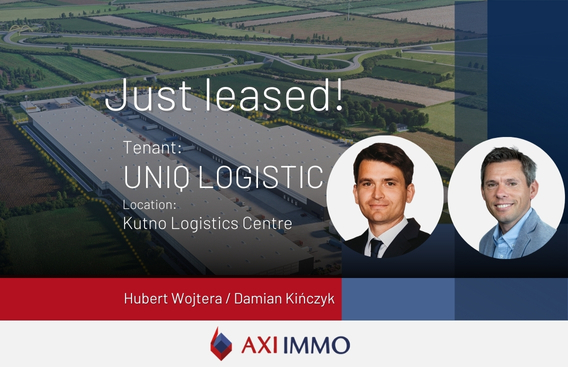
15 April 2024
UNIQ LOGISTIC stays in Kutno, AXI IMMO real estate agency advises
UNIQ LOGISTIC stays in Kutno, central Poland, in the Kutno Logistics Centre. The tenant was advised by AXI IMMO
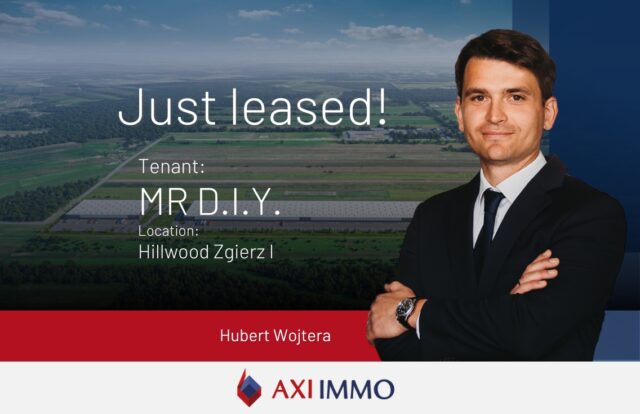
27 March 2024
MR D.I.Y. advised by AXI IMMO rents a warehouse at Hillwood Zgierz I, Central Poland
Almost 5,000 sq m for the logistics headquarters of MR D.I.Y. in Central Poland
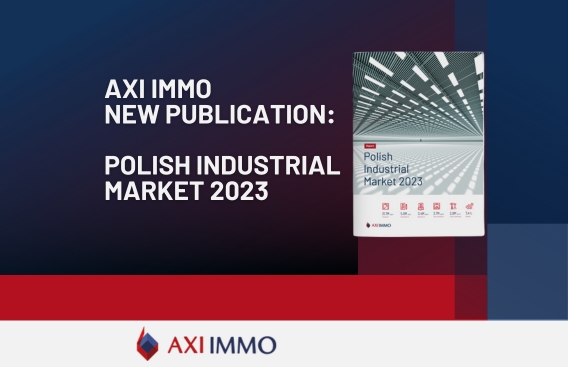
12 March 2024
The latest AXI IMMO report: Industrial Market in Poland 2023
The Industrial market in Poland in 2023 – slower, but not weaker
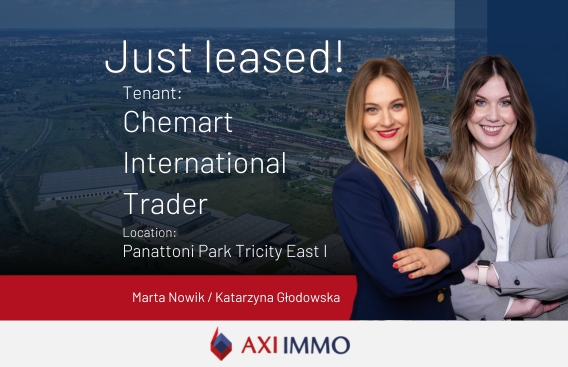
4 March 2024
Chemart International Trader occupies another 150% of warehouse space in Tri-City, Poland
AXI IMMO again advises Chemart International Trader in northern Poland